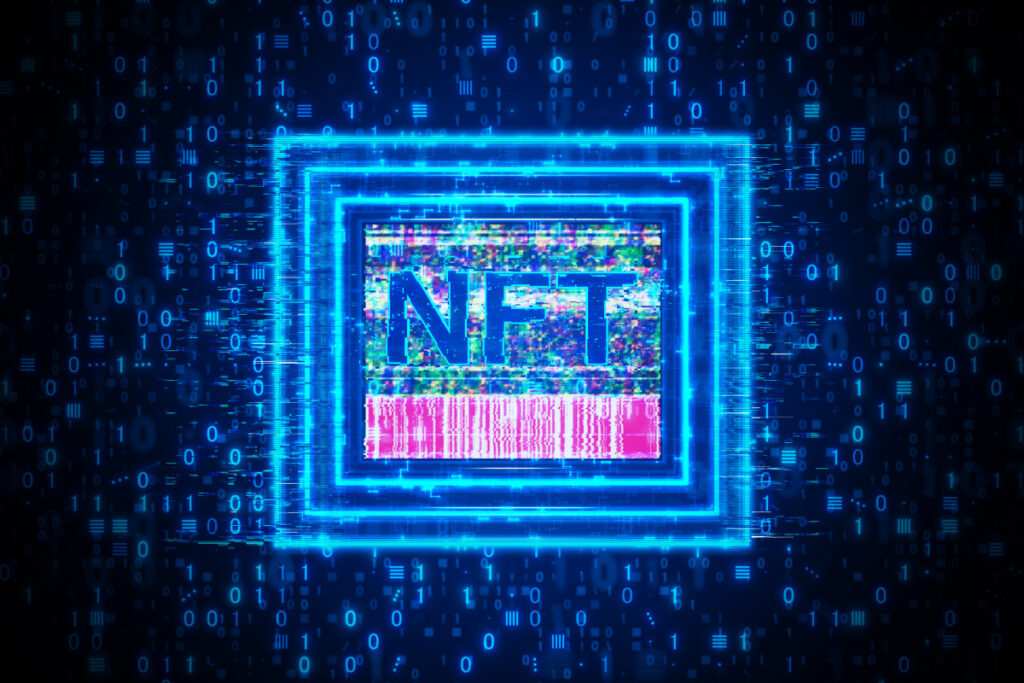NFTs may no longer be at the top of every headline, but according to Rarible co-founder Alexander Salnikov, their next chapter is only just beginning.
Speaking with TheStreet Roundtable’s Mehab Qureshi, Salnikov outlined how NFTs are evolving beyond hype into real-world applications that could define the next era of digital ownership.
Addressing the so-called NFT stagnation post-2021, Salnikov noted, “NFTs in 2021 had two components. First, the fundamental component of what NFTs actually are… and then the big 90% bubble on top of that was just speculative.” That speculative wave, he said, has now shifted to memecoins — but the true utility of NFTs remains strong and is growing.
Interestingly, the global NFT market cap peaked at $13 billion in 2021 and has since declined to $3.2 billion, according to CoinGecko.
So, what should NFT holders expect next? According to Salnikov, two major narratives are forming.
“We will see lots of consumer applications like social networks, messengers, games — all of that will use NFTs,” Salnikov explained.
Lower blockchain fees and scaling solutions like Ethereum rollups are enabling mass adoption. “The goal… would be how do we create blockchain that can handle a hundred million users,” he said.
This scalability is fueling investor interest. “Many VCs are funding consumer applications today because they expect this to be the next five years’ narrative,” Salnikov added.
Another major trend is tokenized intellectual property. Projects like Story Protocol and CAMP Network aim to put real-world IP on-chain to track and trade usage — especially critical in the age of AI. “By putting IP on chain in the form of NFTs, you make it programmable so you can track IP more effectively when it’s getting reproduced by AI,” added Salnikov.
While AI agents are reshaping many sectors, their integration with NFTs is still niche.
“The intersection between NFTs and AI agents is small,” Salnikov admitted. One notable case involved an AI agent being paid to wear an NFT as an avatar. “They buy NFTs… to say that, okay, I’m the part of this community.”
As Salnikov sees it, the flashy speculation is over — and what’s left is a real foundation for the future of digital ownership.


